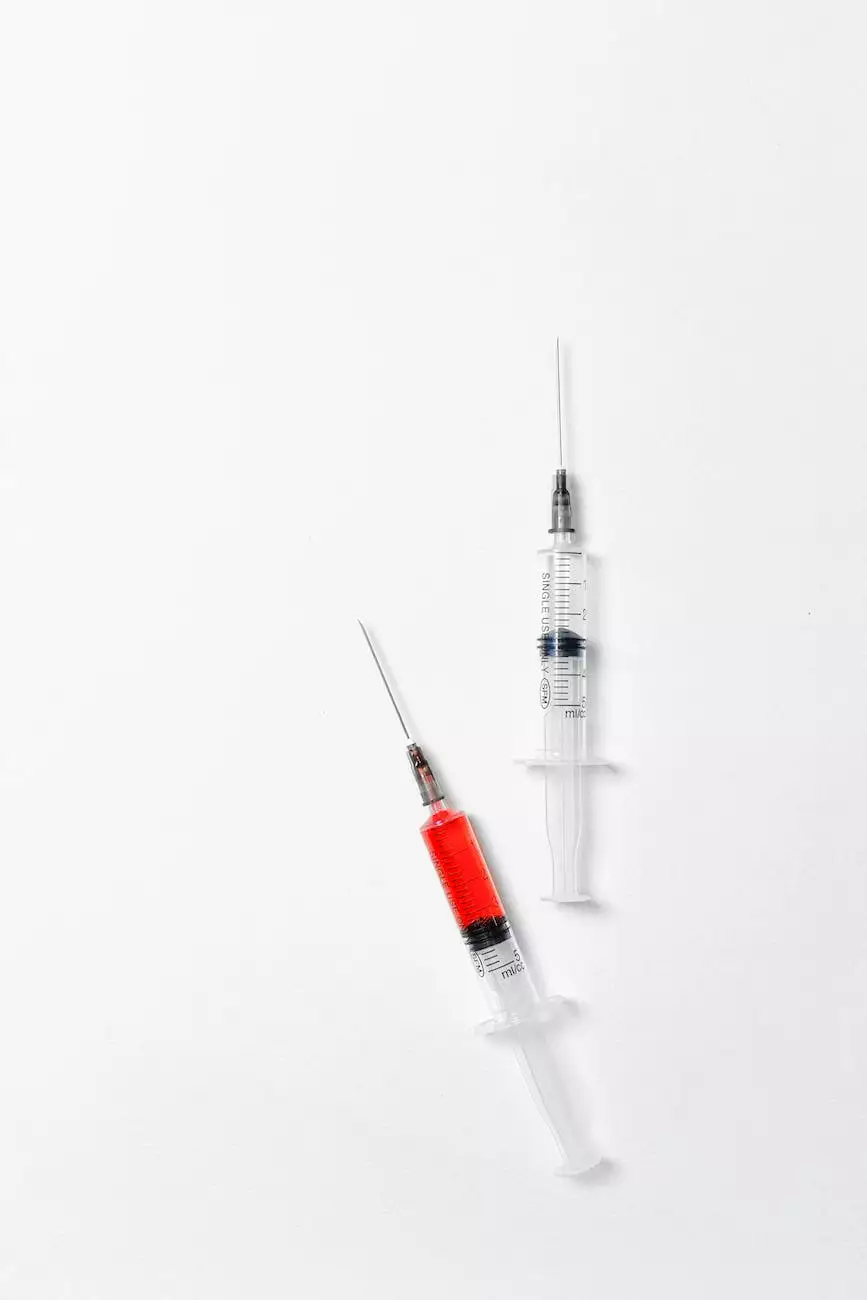Should My Blood Pressure Be 120/80?

At Greenstem Clinic, we understand the importance of maintaining a healthy blood pressure level for overall well-being. In this comprehensive guide, we will explore the topic of blood pressure and delve into whether 120/80 is the ideal blood pressure reading for everyone.
Understanding Blood Pressure
Blood pressure is the force exerted by blood against the walls of your arteries. It is measured using two numbers: systolic pressure (the top number) and diastolic pressure (the bottom number). Systolic pressure represents the pressure in your arteries when your heart beats, while diastolic pressure represents the pressure between beats.
The Myth of 120/80 as Standard
The standard blood pressure measurement of 120/80 has long been considered a benchmark for a healthy blood pressure reading. However, it is essential to note that blood pressure can vary among individuals and can be influenced by multiple factors.
Factors Affecting Blood Pressure
- Age: As individuals age, their blood vessels may become less flexible, leading to higher blood pressure.
- Gender: Blood pressure levels can differ between males and females due to hormonal differences.
- Weight: Being overweight or obese can increase the risk of high blood pressure.
- Diet: Consuming a diet high in sodium, saturated fats, and cholesterol can contribute to elevated blood pressure.
- Physical Activity: Regular exercise can help maintain healthy blood pressure levels.
- Stress: Chronic stress can lead to elevated blood pressure.
- Genetics: Family history of high blood pressure can increase an individual's risk.
The Importance of Maintaining Healthy Blood Pressure
Keeping your blood pressure within a healthy range is crucial for preventing various health complications. High blood pressure, or hypertension, can increase the risk of heart disease, stroke, kidney problems, and other serious conditions. On the other hand, low blood pressure, or hypotension, may cause dizziness, fainting, and inadequate blood supply to vital organs.
Effectively Managing Blood Pressure
To achieve and maintain a healthy blood pressure level, consider incorporating the following lifestyle changes:
1. Balanced Diet
Adopting a well-balanced diet that includes plenty of fruits, vegetables, whole grains, lean proteins, and healthy fats can promote healthy blood pressure levels. Limiting sodium, processed foods, and sugary beverages is also crucial.
2. Regular Exercise
Engaging in regular physical activity, such as brisk walking, swimming, or cycling, can help lower blood pressure and improve overall cardiovascular health.
3. Weight Management
If you are overweight or obese, losing weight can significantly reduce your blood pressure. Consult with a healthcare professional to develop a safe and personalized weight loss plan.
4. Stress Reduction
Implement stress-management techniques, such as deep breathing exercises, meditation, or engaging in hobbies, to help lower stress levels and promote healthy blood pressure.
5. Limit Alcohol Intake
Excessive alcohol consumption can raise blood pressure. Limit your alcohol intake to moderate levels or seek professional help if you struggle with alcohol abuse.
6. No Smoking
Smoking damages blood vessels and can lead to high blood pressure. Quit smoking to improve your overall health and reduce the risk of heart-related problems.
7. Regular Check-ups
Regularly monitor your blood pressure and consult with a healthcare professional for guidance and advice on maintaining healthy blood pressure levels.
In Conclusion
While 120/80 has often been regarded as the standard blood pressure measurement, it is crucial to determine the ideal blood pressure range for you based on your unique circumstances and medical history. Greenstem Clinic advocates for regular check-ups, a healthy lifestyle, and professional guidance to help you manage and maintain a healthy blood pressure level.










